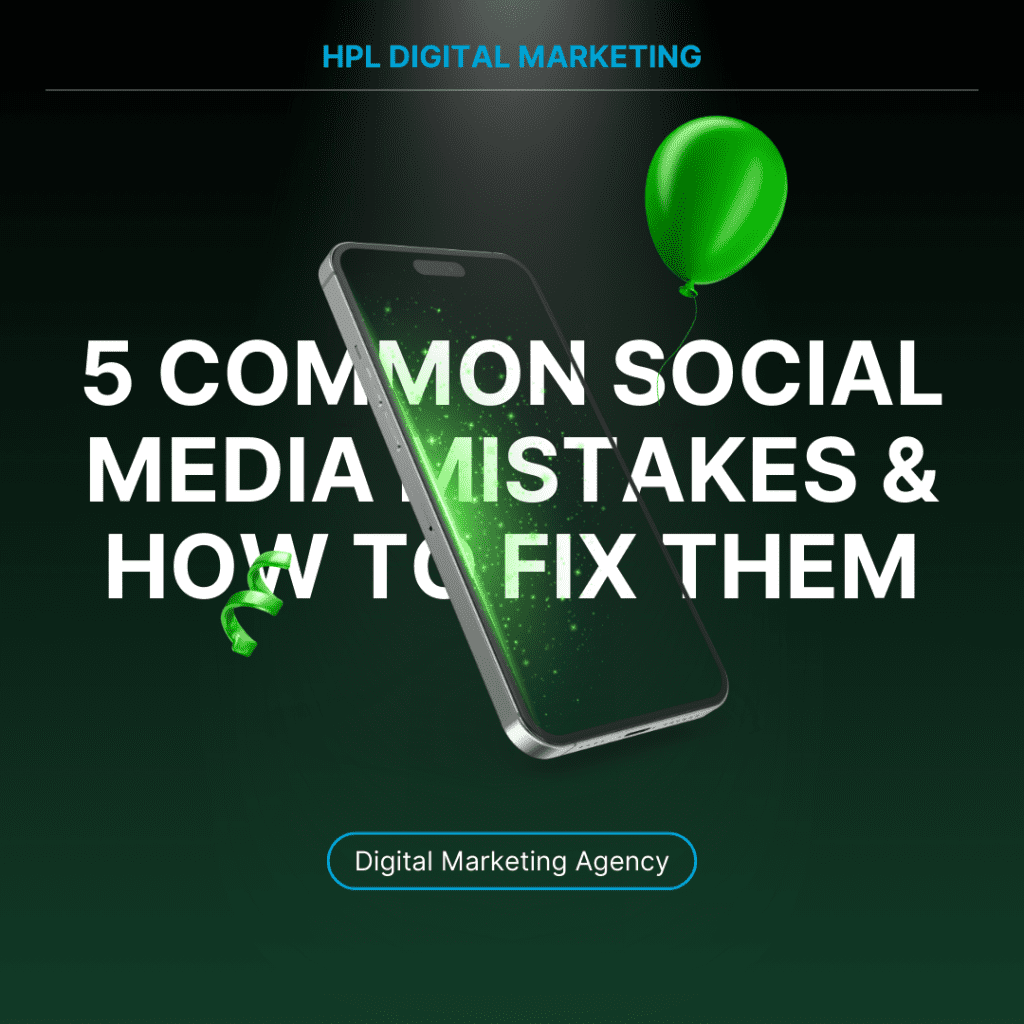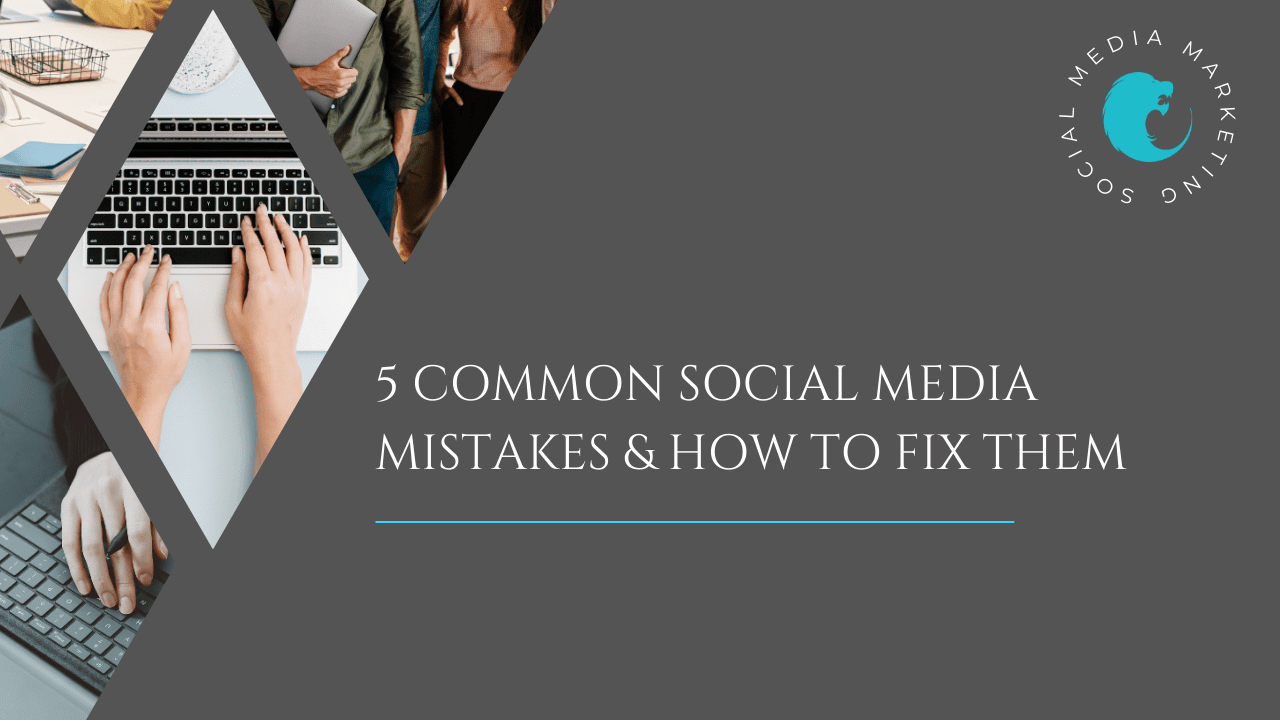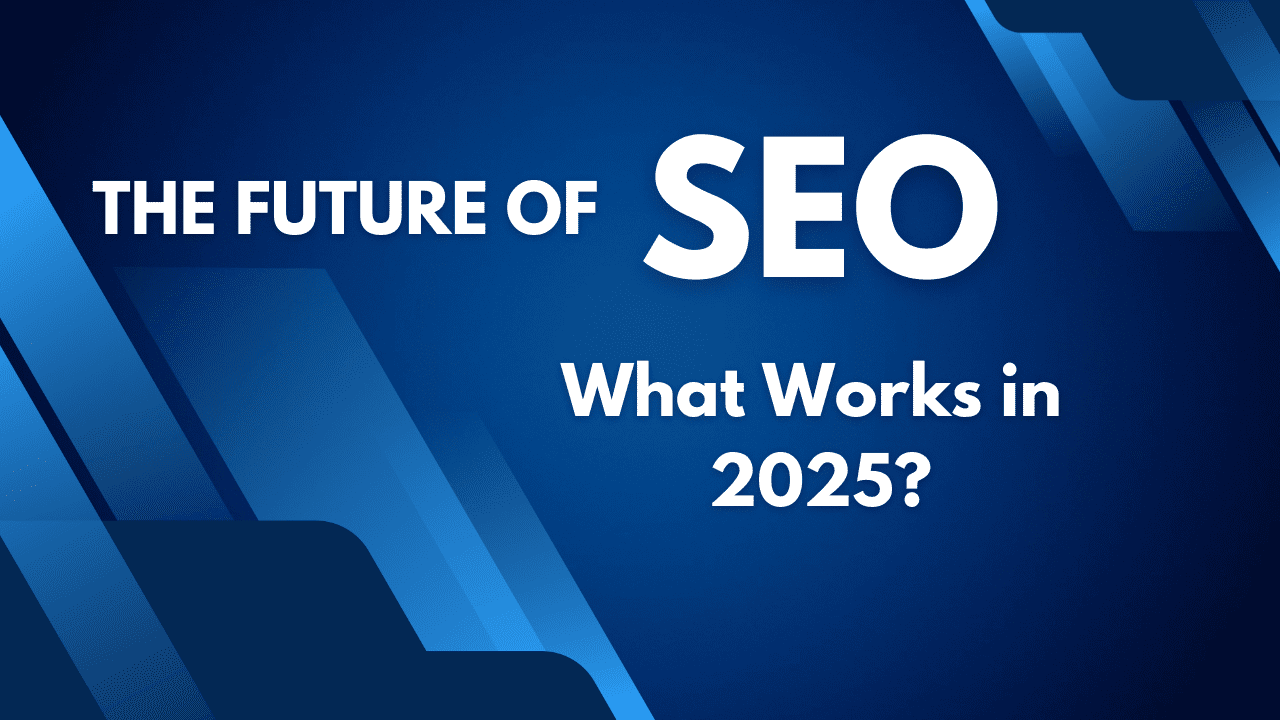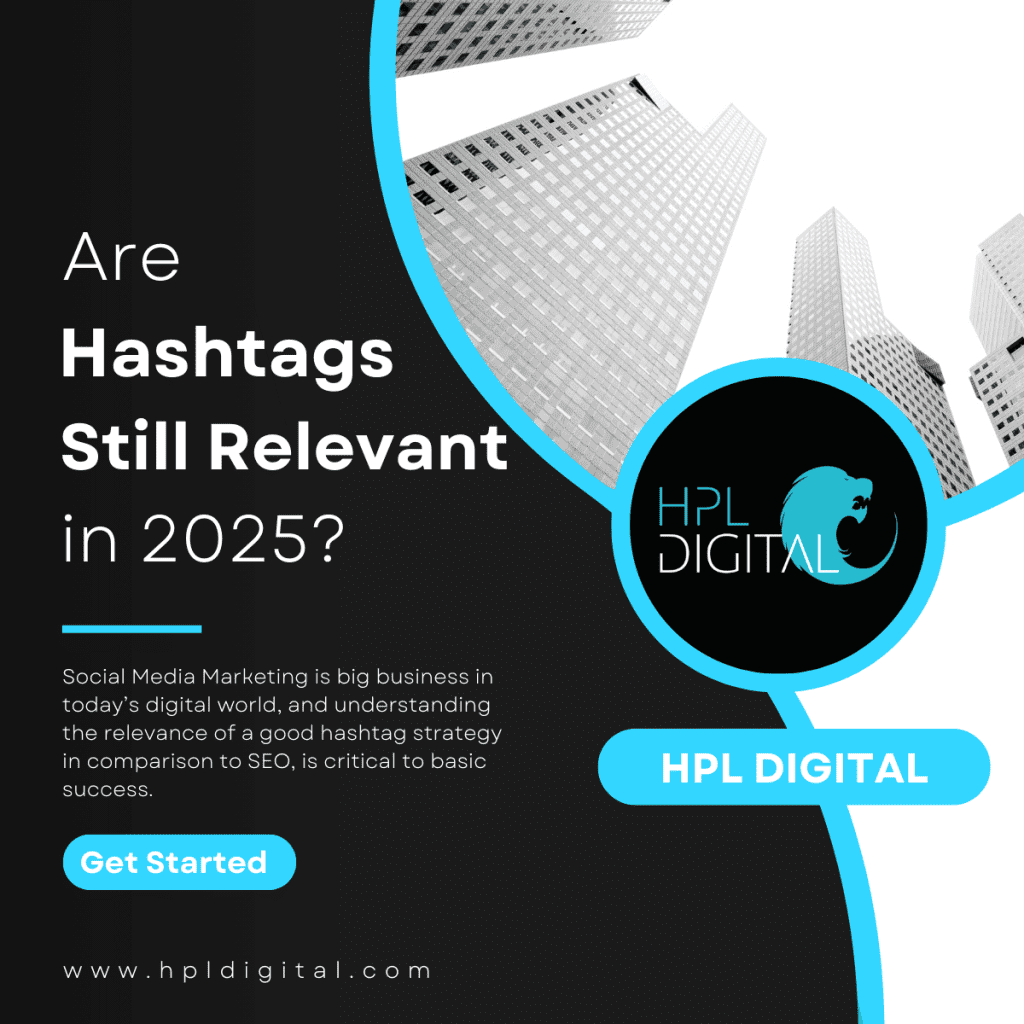

Social media can be a powerful tool for businesses, but many brands unknowingly make mistakes that limit their success.
Whether it’s poor engagement, inconsistent branding, or ineffective content, these errors can hurt your online presence. Here are five common social media mistakes and how to fix them.
1. Inconsistent Posting Schedule
The Mistake:
Posting sporadically or going long periods without updates can cause your audience to lose interest. Inconsistent posting also affects social media algorithms, reducing your visibility.
The Fix:
Create a content calendar and schedule posts in advance. Consistency is key—whether you post daily, weekly, or bi-weekly, ensure it’s regular. Tools like Buffer or Hootsuite can help automate this process.
2. Ignoring Audience Engagement
The Mistake:
Many brands focus only on publishing content and neglect responding to comments, messages, and mentions. This makes your brand appear distant and unapproachable.
The Fix:
Engage actively with your audience by replying to comments, answering questions, and participating in conversations. Encourage discussions with open-ended questions and polls to boost engagement.
3. Over-Promoting Your Brand
The Mistake:
Constantly posting promotional content without offering value can drive followers away. People don’t want to be bombarded with sales messages—they want useful, engaging content.
The Fix:
Follow the 80/20 rule—80% of your content should educate, entertain, or inform, while only 20% should be promotional. Share industry insights, user-generated content, and behind-the-scenes looks to keep your audience interested.
4. Neglecting Visuals and Branding
The Mistake:
Using low-quality images, inconsistent colours, or mismatched fonts can make your brand appear unprofessional. Poor visuals reduce credibility and engagement.
The Fix:
Maintain a cohesive brand identity with high-quality images, consistent colour schemes, and readable fonts. Use tools like Canva or Adobe Spark to create visually appealing graphics that align with your brand.
5. Not Analysing Performance Data
The Mistake:
Posting without tracking performance means you don’t know what’s working and what’s not. Without insights, you could be wasting time on ineffective strategies.
The Fix:
Use analytics tools like Facebook Insights, Instagram Analytics, or Google Analytics to track engagement, reach, and conversions. Regularly review your data to adjust your content strategy and maximise results.
Final Thoughts
Avoiding these common social media mistakes can significantly improve your online presence and engagement. By staying consistent, engaging with your audience, balancing promotional content, maintaining strong branding, and leveraging analytics, your business can make the most of social media marketing.
Are you making any of these mistakes? Start fixing them today and watch your social media presence grow!
If you need help to improve your Social Media Marketing AND create more conversion opportunities, contact us to arrange a free audit of your social media footprint, and let’s see how we can get you moving forward in the right direction.

Paul Leonard has been successfully providing SEO and Digital consulting services to a number of international clients over the years.
As a founder of HPL Digital Marketing, we are fortunate to have his expertise made available, to help your business grow in the right ways.








